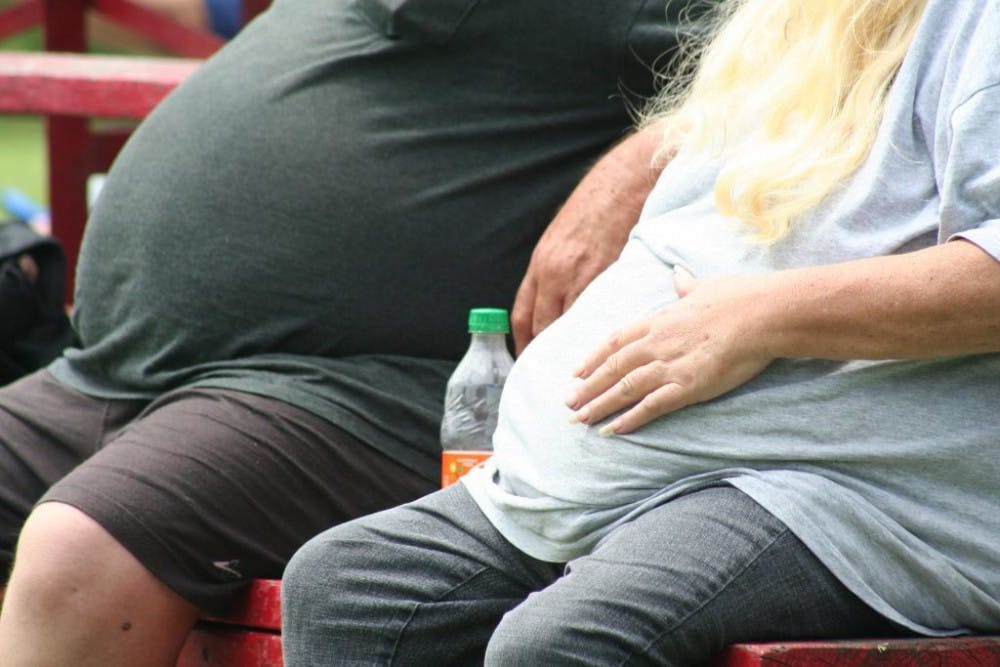Biologists at the National Institutes of Health (NIH) recently discovered that it may take between 55 and 59 percent longer for couples in which both partners are obese to get pregnant.
The results were a part of a larger study, the Longitudinal Investigation of Fertility and the Environment (LIFE), which focuses on the correlation between lifestyle, fertility and exposure to environmental chemicals such as for polychlorinated biphenyls and perfluorooctanesulfonic acid. Lifestyle generally refers to factors such as stress, cigarette smoking, caffeine and alcohol usage.
501 couples participated in LIFE from 2005 to 2009. The men were all over 18 years old while the women were aged between 18 and 44 years old. The study followed each couple daily until they got pregnant, or for a year, at most. Women kept journals in which they recorded their monthly menstrual cycles, intercourse and the results of home pregnancy tests.
Once the women got pregnant researchers followed each couple on a monthly basis. To analyze the effects of chemicals on fertility, the researchers looked at the newborn’s size and how long the mother remained pregnant. They discovered that increased exposure to chemicals led to defects such as low semen quality and prolonged wait to become pregnant.
During the study the researchers calculated the body mass index (BMI) for each individual. BMI, a weight-to-height metric, is calculated by dividing one’s weight by the square of one’s height. A person is underweight if their BMI is less than 18.5. A BMI between 18.5 and 25 is normal weight and between 25 and 30 is overweight. An “obese” BMI is defined as 30 or higher.
Within obesity there are two BMI categories. Class I is typically considered to be a BMI between 30 and 35 and class II is typically considered to be a BMI between 35 and 40. In the LIFE study, researchers divided those with a BMI between 30 and 35 in Class I and those with a BMI between 35 and 40 in Class II.
The team looked at the difference in time it took for couples in the normal weight category and Class II to become pregnant. They looked at 84 normal weight men and 228 normal weight women compared with 75 men and 69 class II women.
The group calculated the fecundity odds ratio (FOR), a statistical tool that measures the probability of a couple achieving pregnancy during each menstrual cycle relative to their BMIs. They determined that couples in the non-obese group had an FOR of 1, while couples in class II had an FOR of 0.45. The difference in FOR reflects that it took 55 percent longer for the obese couples to get pregnant.
When they took a closer look at lifestyle factors, the FOR of obese couples dropped to 0.41 for a 59 percent increase in average time to get pregnant.
The study is particularly interesting because previous studies have focused exclusively on couples in the general population, rather than those seeking treatment at infertility clinics.
“A lot of studies on fertility and body composition have focused on the female partner, but our findings underscore the importance of including both partners,” said Rajeshwari Sundaram, a senior investigator in the Division of Intramural Population Health Research at NIH’s Eunice Kennedy Shriver National Institute of Child Health and Human Development. “Our results also indicate that fertility specialists may want to consider couples’ body compositions when counseling patients.”
Sundaram suggested that, in the future, doctors may want to take couples’ weight status into account when they’re struggling to become pregnant.





